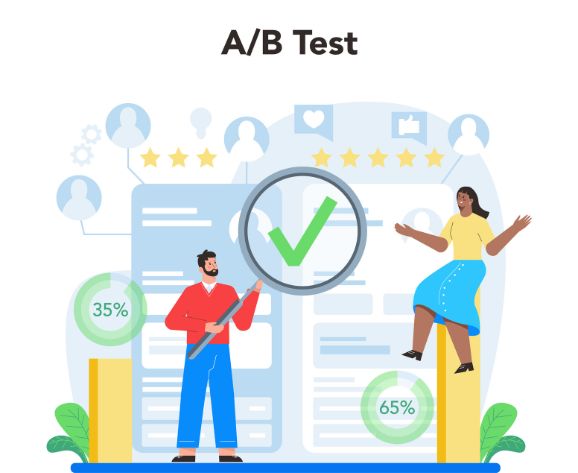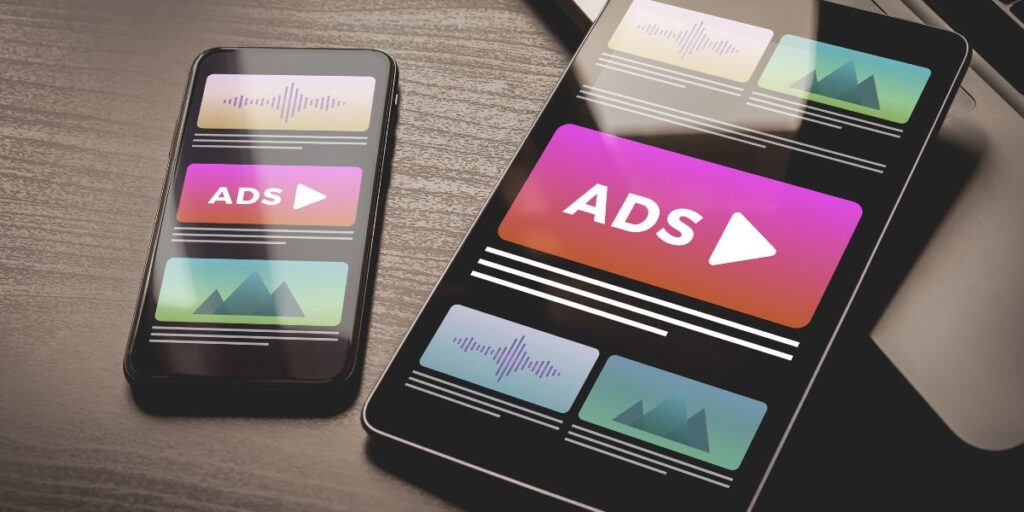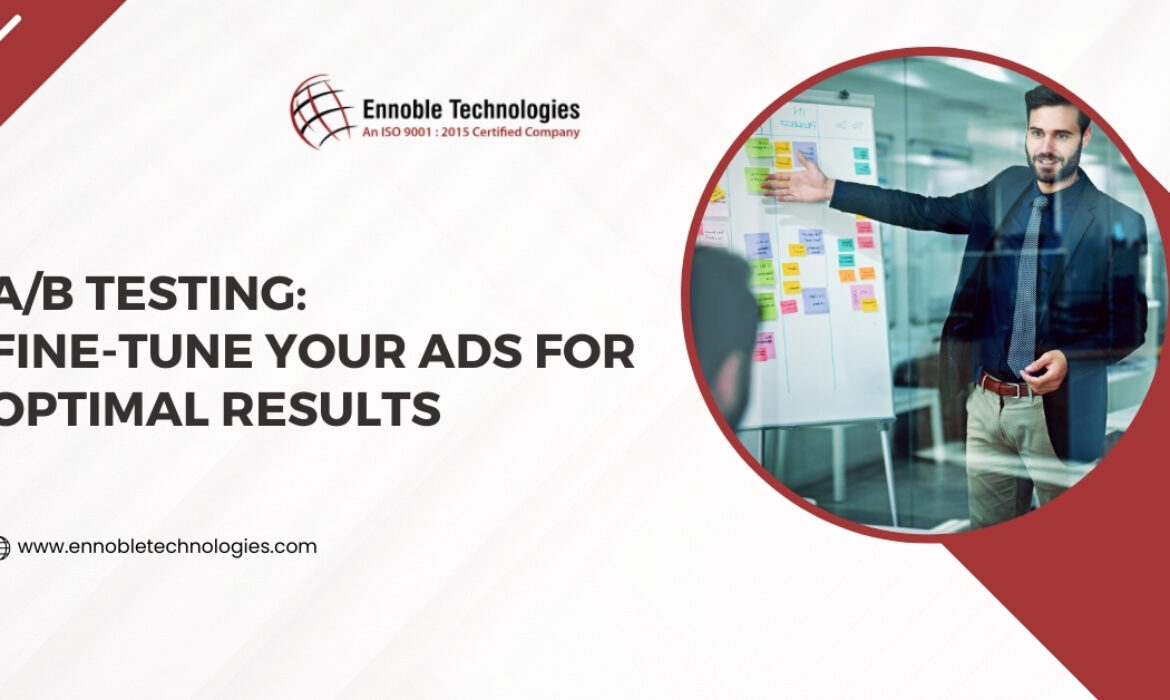A/B Testing: Fine-Tune Your Ads for Optimal Results
Introduction to A/B Testing in Advertising
In the world of digital marketing, A/B testing stands as a cornerstone technique for optimizing advertising campaigns. This method involves comparing two versions of an ad to see which performs better. It’s like a scientific experiment for your marketing efforts, offering clear insights into what resonates with your audience.
What is A/B Testing?
A/B testing, also known as split testing, is a method where two versions of an ad (A and B) are compared against each other to determine which one yields better results. This approach helps in fine-tuning various elements of advertising, such as ad copy, images, or call-to-action buttons.
The Importance of A/B Testing in Digital Marketing
In the fast-paced digital landscape, understanding what works and what doesn’t is crucial for success. A/B testing serves as a valuable tool for marketers to enhance ad performance, ensuring that every dollar spent on advertising is used effectively.

Planning Your A/B Test for Maximum Impact
Before jumping into A/B testing, it’s essential to have a clear plan in place. This involves setting objectives and identifying the metrics that will measure the success of your test.
Setting Clear Objectives
Define what you want to achieve with your A/B test. Are you looking to increase click-through rates, boost conversion rates, or improve engagement? Having clear goals will guide your testing process and help in evaluating results effectively.
Identifying Key Performance Indicators (KPIs)
Key Performance Indicators are metrics that will help you assess the performance of your ads. These might include click-through rates, conversion rates, engagement rates, or any other relevant metric that aligns with your objectives.
Designing Effective A/B Tests
Creating an effective A/B test involves crafting variations of your ad that are distinct yet still align with your brand message.
Crafting Compelling Ad Variations
Develop variations of your ad that test different elements. This might include changing the headline, the image, the call-to-action, or even the overall layout of the ad. Remember, the changes should be significant enough to measure but not so drastic that they alter the ad’s core message.
Choosing the Right Audience Segments
Targeting the right audience is crucial in A/B testing. Segment your audience based on demographics, interests, or past behaviors to ensure that your test results are relevant and actionable.
Executing Your A/B Test
Once your test is designed, it’s time to put it into action.
Implementing the Test on Your Platform
Choose the platform where you’ll conduct your A/B test, whether it’s a social media platform, a search engine, or your website. Ensure that the test is set up correctly to avoid any biases in the results.
Timing and Duration of A/B Testing
Decide on the duration of your test. A/B tests typically run for a few days to a few weeks, depending on the traffic and the statistical significance you wish to achieve.

Analyzing A/B Test Results
After running the test, it’s time to dive into the data.
Interpreting Data and Metrics
Analyze the results by looking at the metrics you’ve set. Which version of the ad performed better? What does the data tell you about your audience’s preferences?
Making Data-Driven Decisions
Use the insights gained from your A/B test to make informed decisions about your advertising strategy. Implement the winning elements into your ads and consider further testing to refine your approach.
Optimizing Ads Post A/B Testing
Post-testing, it’s essential to apply the learnings to your future ads.
Refining Ad Copy and Design
Incorporate the successful elements from your A/B test into your ad copy and design. This might involve tweaking your headlines, images, or the overall message of your ads.
Target Audience Adjustment
Based on the test results, you may need to adjust your target audience. Perhaps a different demographic responded more positively to your ad, suggesting a new direction for your targeting strategy.
Advanced A/B Testing Techniques
To further enhance your A/B testing strategy, consider exploring advanced techniques.
Multivariate Testing Explained
Multivariate testing is like A/B testing on steroids. Instead of comparing two versions of an ad, you test multiple variations simultaneously. This approach is more complex but can provide deeper insights into how different elements interact with each other.
Leveraging AI in A/B Testing
Artificial Intelligence (AI) is transforming A/B testing by automating the process and providing more sophisticated analysis. AI can help identify patterns and insights that might be missed in manual analysis.

Common Pitfalls in A/B Testing and How to Avoid Them
Even the best-planned A/B tests can run into issues. Be aware of common pitfalls and how to avoid them.
Avoiding Bias in Test Design
Ensure that your test design is unbiased. This involves randomizing the assignment of variations to different audience segments and ensuring that external factors don’t influence the results.
Ensuring Statistical Significance
Statistical significance is key in A/B testing. Make sure that your sample size is large enough and the test duration is adequate to obtain statistically significant results.
Case Studies: Successful A/B Testing Campaigns
Learn from the best by examining case studies of successful A/B testing campaigns. These examples can provide valuable insights and inspiration for your own tests.
Analyzing Top Brands’ Strategies
Look at how top brands in various industries have utilized A/B testing to optimize their ads. Understand the strategies they employed and the results they achieved.
Integrating A/B Testing with Overall Marketing Strategy
A/B testing shouldn’t exist in a vacuum. It needs to be integrated with your overall marketing strategy.
Aligning Testing with Business Goals
Ensure that your A/B testing efforts align with your broader business goals. This includes not only improving ad performance but also contributing to overall business growth and customer satisfaction.
Future Trends in A/B Testing and Ad Optimization
Stay ahead of the curve by understanding the future trends in A/B testing.
Emerging Technologies and Their Impact
Technological advancements, such as AI and machine learning, are shaping the future of A/B testing. Stay informed about these trends and how they might impact ad optimization.
Conclusion: The Continuous Journey of Ad Optimization
A/B testing is an ongoing process of learning and improvement.
Summarizing Key Takeaways
Recap the main points covered in the article, highlighting the importance of A/B testing in optimizing ads.
Future Directions in A/B Testing
Discuss the evolving landscape of A/B testing and how marketers need to adapt to stay ahead.

FAQs
Q: What is the primary goal of A/B testing in advertising?
A: The primary goal of A/B testing is to determine which version of an ad performs better, helping advertisers make data-driven decisions to improve their campaigns.
Q: How long should I run an A/B test for accurate results?
A: It’s recommended to run an A/B test for at least one to two weeks to ensure you collect enough data for accurate analysis.
Q: Can A/B testing be applied to social media advertising?
A: Yes, A/B testing can be applied to various advertising channels, including social media. It’s a versatile method to optimize ad performance.
Q: Is A/B testing suitable for small businesses with limited budgets?
A: Absolutely. A/B testing can be valuable for businesses of all sizes. It allows you to allocate your budget more efficiently and get the most out of your advertising spend.
Q: What tools or platforms can help me conduct A/B tests?
A: There are various tools and platforms available for A/B testing, including Google Ads, Facebook Ads Manager, and third-party software like Optimizely and VWO.
Q: Can I A/B test multiple elements of an ad simultaneously?
A: While it’s generally recommended to test one element at a time for accurate insights, advanced A/B testing may involve multivariate testing, which assesses multiple elements simultaneously.
Also Read: Landing Page Optimization: Converting Clicks into Conversions – Ennoble Technologies




